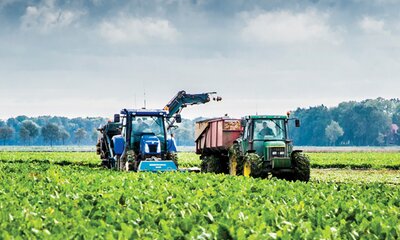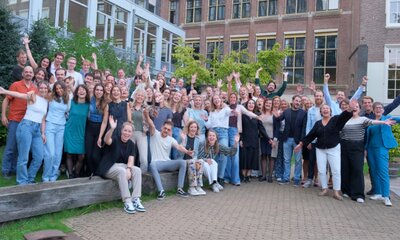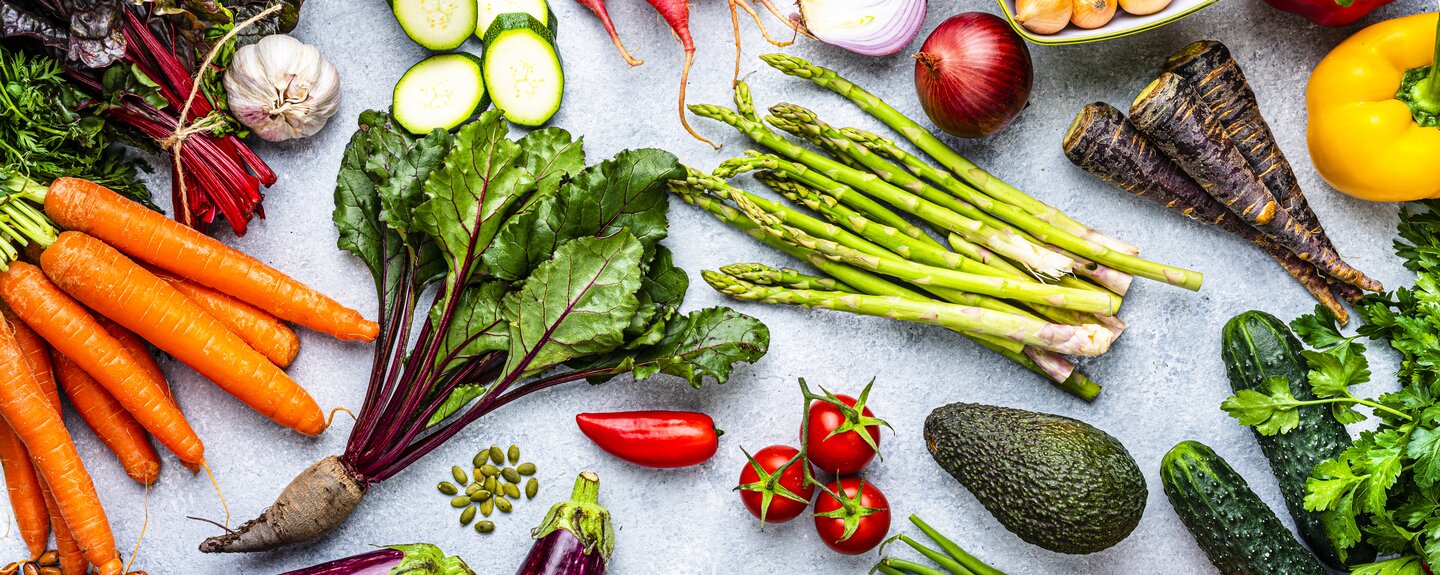Trends in the food service market - sustainability and health are key - Who's turn is it?
The food service sector is in a state of flux. The focus on sustainability and health has taken a firm hold in recent years, and 2025 seems set to be a tipping point. What does this mean for the hospitality industry, catering and their suppliers? And who will set the pace of change: consumers, the government or the providers themselves? In short, who is next?
The trends: health and sustainability go hand in hand
Making food more sustainable and healthier are both leading themes in the food service sector. Consumers are showing increasing interest in plant-based foods, local products and transparency about the origin of ingredients. At the same time, there is a strong emphasis on reducing food waste, cutting CO2 emissions and lowering the sugar and salt content in dishes.
At companies such as Albron and Eurest, we see a clear shift towards more sustainable choices. Albron, a pioneer in the field of sustainable catering, has ambitious goals. They focus on everything where they can make an impact: more plant-based food (60% plant-based vs. 40% animal-based), less waste and lower CO2 emissions (Albron aims to have all newly opened locations operate CO2-neutrally by 2025).
Eurest, known for its widespread presence in company restaurants, is also committed to promoting healthier choices through nudging and transparency about nutritional values. Eurest also focuses on sustainable purchasing by working with local suppliers. This not only reduces the ecological footprint, but also strengthens the connection with the region. This approach emphasizes the importance of short supply chains and seasonal products, which contribute to a circular economy.
Making the food chain more sustainable is a clear priority. Bidfood, for example, works with the Sustainability Compass, a tool that offers customers insight into the environmental impact of their products. By making the CO₂ emissions of both production and transportation transparent, Bidfood helps catering partners make more conscious choices. Steps are also being taken in the area of logistics: electric trucks reduce emissions, especially in urban areas. All of this is supported by legislation and regulations.[1]
Who's next?
The responsibility for change lies with several parties:
- Consumers: The demand for healthy and sustainable options is growing, especially among younger generations. They expect the hospitality industry and catering to meet these demands.
- Food providers: Show that proactive commitment pays off. Innovation in the menu offerings, collaboration with sustainable suppliers and staff education are crucial.
- Government: Increasingly strict legislation, such as reduction targets for CO2 emissions and sugar taxes, is putting pressure on the sector to become more sustainable and healthier more quickly. The government aims to convert 15% of the agricultural area to organic farming by 2030. Initiatives are being launched in five provinces to create organic regions where local parties work together to purchase regional organic products.
- Short chain: The movement towards organic and regional products has been going on for some time. This concept, known as the 'short chain' or 'local food', is about more than just fewer food miles, freshness or a fair price for the farmer. It restores the connection between consumer and farmer, urbanite and rural dweller, and contributes (provided it is sustainably produced[2]) to healthy ecosystems. This food system prioritizes values other than just low costs and maximum efficiency. Yet the transition to a local food system brings challenges due to the competition with the large-scale, efficient food system. Relocalization is not an easy task.
Budget: Opportunities and Challenges
Although sustainability and health come at a cost, they also offer economic opportunities. Consumers appear willing to pay more for products that are perceived as healthier and more sustainable. At the same time, budget constraints remain a challenge, particularly within the catering segment. For the hospitality industry, purchasing vegetable protein sources such as beans generally yields a better margin than purchasing meat, simply because beans are cheaper. In addition, cooperation within the chain is essential to share costs and utilize economies of scale.
Looking ahead to 2025 and 2030
We expect plant-based foods to occupy a central place in the menus of restaurants and company cafeterias by 2025. More and more caterers have embraced the 60-40 objective, following the example of retailers, working towards offering 60% plant-based proteins and 40% animal proteins. Nowadays this is often the other way around. Menus will be characterized by hybrid dishes and fully plant-based options, with traditional meat dishes appearing less and less on the menu.
By 2030, the sector will hopefully have developed into a fully circular chain. Albron's vision of climate-positive catering and Eurest's focus on influencing behavior indicate what the future may look like. Suppliers such as Bidfood continue to invest in innovations such as electrification of trucks and new technologies to minimize food waste.
The driving forces behind change
The transition in the food service market is being driven by a combination of forces. Consumers continue to exert pressure by making conscious choices, while the government and market leaders such as Albron, Eurest and Bidfood create the preconditions for a more sustainable and healthier future. It is up to the food sector, supported by the government, to turn these trends into structural changes – and thereby serve both people and the planet.
[1] The CSRD (Corporate Sustainability Reporting Directive) requires large companies in the EU to report in detail on sustainability performance, including environmental, social and governance aspects, according to standardized criteria from 2024 onwards.
[2] Keurmerkenwijzer: check de betrouwbaarheid | Milieu Centraal









